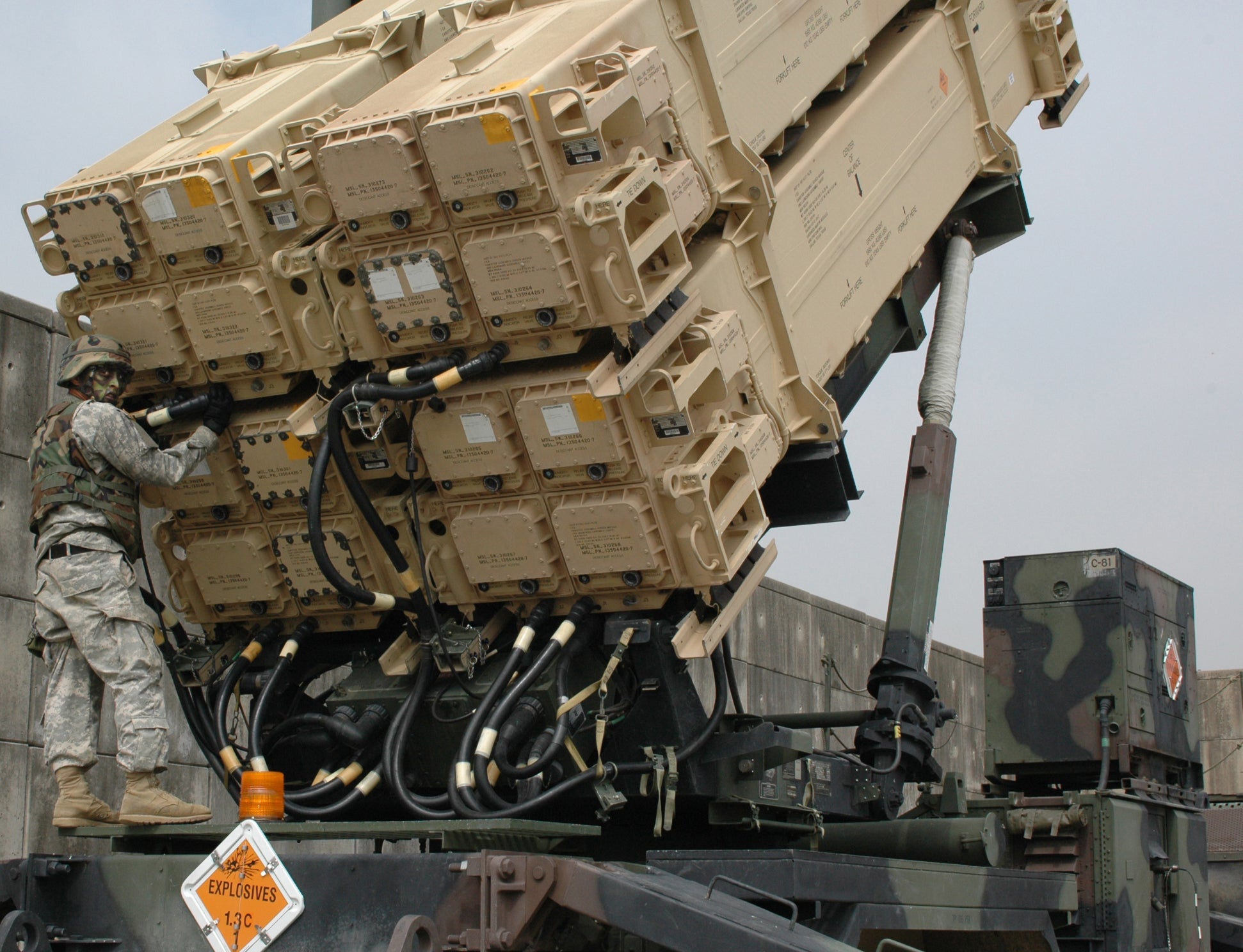
Lockheed Martin has conducted US Army-led flight tests of its PAC-3 Missile Segment Enhancement (MSE) interceptor and PAC-3 cost reduction initiative (CRI) interceptor.
The flight tests demonstrated the upgrades to its PAC-3 MSE interceptor and confirmed the reliability of PAC-3 CRI.
During testing, a PAC-3 MSE intercepted a tactical ballistic missile target. This validated missile and launcher software and hardware component upgrades.
According to the company, the upgrades enable the future performance of the PAC-3 MSE interceptor by providing protection from evolving threats.
The upgrades will be moved into production next year.
Lockheed Martin PAC-3 Programs vice-president Brenda Davidson said: “Flight tests like these demonstrate how we continue to evolve PAC-3 to ensure we remain ready for the 21st-century battlefield while also showcasing our record of reliability in the field.
“The warfighter needs to know that the PAC-3 missiles protecting them are going to work, every time.”
In addition, two PAC-3 CRI missiles each intercepted a tactical ballistic missile target. This was carried out in support of the US Army’s Field Surveillance Program (FSP).
Lockheed noted that these tests marked the 17th and 18th successful PAC-3 CRI FSP intercepts.
The first PAC-3 MSE FSP flight test is expected to be conducted later this year.
Featuring ‘hit-to-kill’ technology, the PAC-3 family of missiles defend against incoming threats, including tactical ballistic missiles, cruise missiles and aircraft.
Building on the combat-proven PAC-3 CRI, the PAC-3 MSE expands the ‘lethal battlespace’ with a two-pulse solid rocket motor.
Currently, 14 nations have selected PAC-3 CRI and PAC-3 MSE to provide missile defence capabilities.
Last June, the PAC-3 MSE interceptor completed testing at White Sands Missile Range in New Mexico, US.
In April last year, Lockheed secured a $6.07bn contract to produce PAC-3 MSE interceptors and associated equipment for the US Army.



